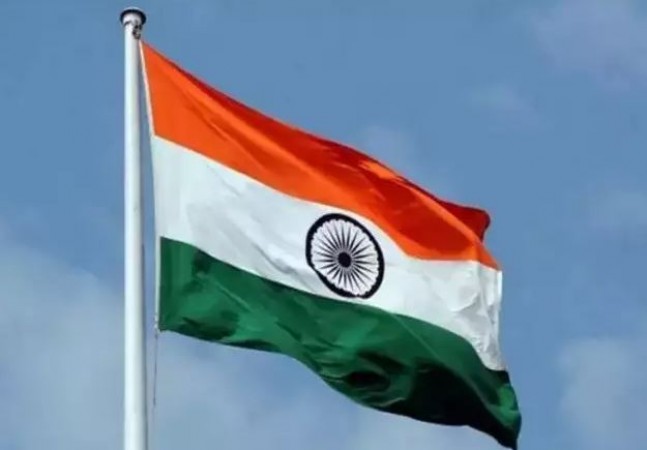
When it comes to India's independence, our hearts resonate with the national anthem, and our eyes are drawn to the national flag – symbols that deeply embody our respect for our nation. The significance of India's national anthem, "Jana-Gana-Mana," predates the era of independence by many years. Notably, it was first sung in both Bengali and Hindi languages during the Kolkata (formerly Calcutta) session of the Indian National Congress on December 27, 1911.
The task of translating this anthem from thought to paper was undertaken by the eminent writer and poet of the nation, Rabindranath Tagore. The first Indian Nobel Laureate, Rabindranath Tagore, composed this anthem in 1911. Hailing from Bengal, Tagore wrote "Jana-Gana-Mana" in Bengali, and later, Abid Ali translated it into Hindi and Urdu. Interestingly, in 1919, Rabindranath also rendered this anthem into English, titled 'The Morning Song of India.'
As India achieved independence on August 15, it encountered numerous questions and challenges, including that of the national anthem. The answer arrived on January 26, 1950, when the Constituent Assembly of independent India formally proclaimed it as the national anthem. Over the past 70 years, it has resounded across India, permeating every facet of the nation. Importantly, the duration of the Indian national anthem is 52 seconds, intended to conclude between 49 and 52 seconds. Additionally, various laws have been enacted to uphold and safeguard the dignity of the national anthem.
Which is Better: Cooking Chapati on a Tawa or Over an Open Flame?
China-Congress Secret Deal: Anti-India Impact
Coin Museum Crop Bank: Preserving the Numismatic Heritage